For thousands of years, horses have shaped the course of human history—driving our economies, carrying our armies, connecting distant lands, and transforming the way we govern and live. This slideshow brings that legacy to life through powerful imagery—historic art, sculpture, and photographs that reveal the deep bond between humans and horses. From ancient empires to modern societies, explore how these remarkable animals have influenced culture, politics, and progress across the ages.

The most common animal in cave art is the horse
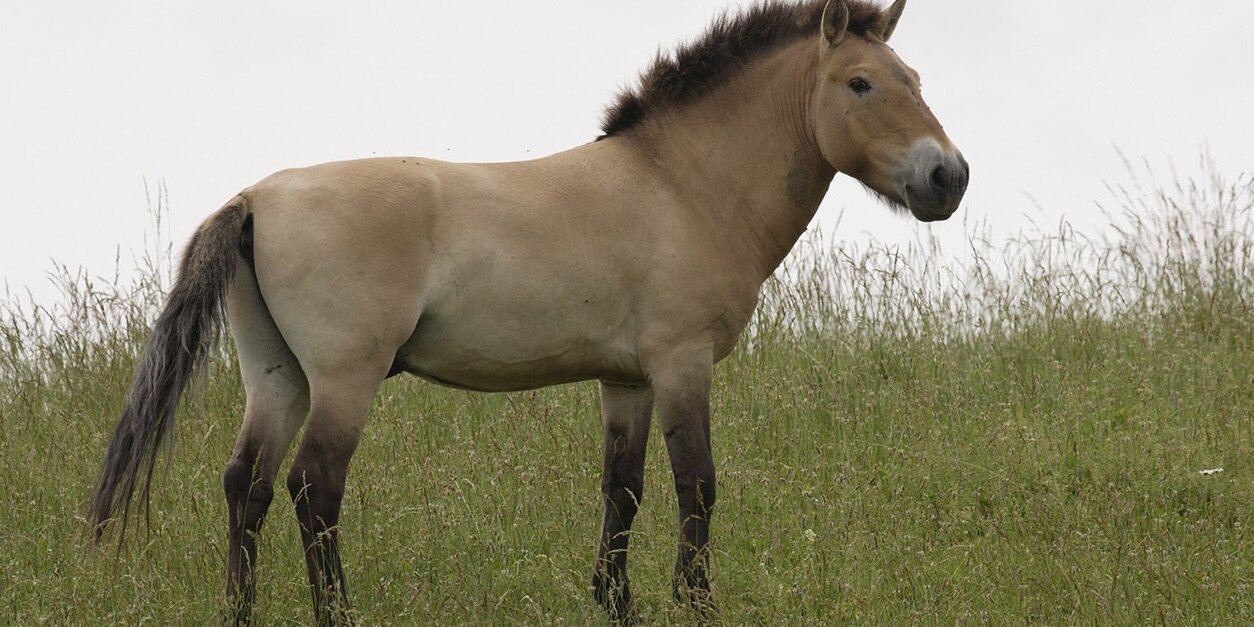
Przewalski Horse is a cousin of the domestic horse

The horse provides essential mobility for the steppe

A horseman can herd 20 times more cattle than a herder on foot

The steppe provides extensive pasturage

Children often perform herding duties

the Altai Mountains divide the eastern and western steppe

Horses, unlike other livestock, can pasture in the snow

Horses can uncover grass for other animals
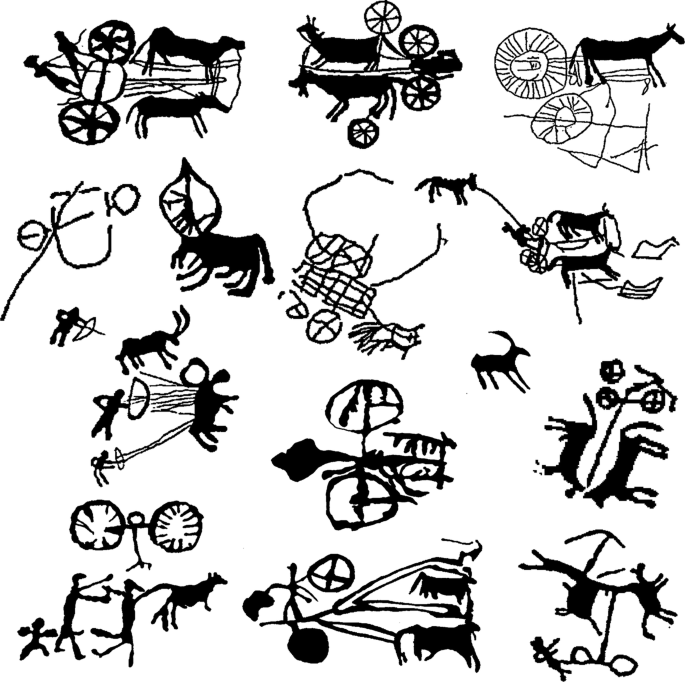
Ancient Siberians recorded in rock carvings the coming of chariot driving warriors

Scythians were probably the first steppe people to master mounted combat

The Assyrians soon hired steppe peoples to manage their horses

Median grooms worked for both Assyria and Persia
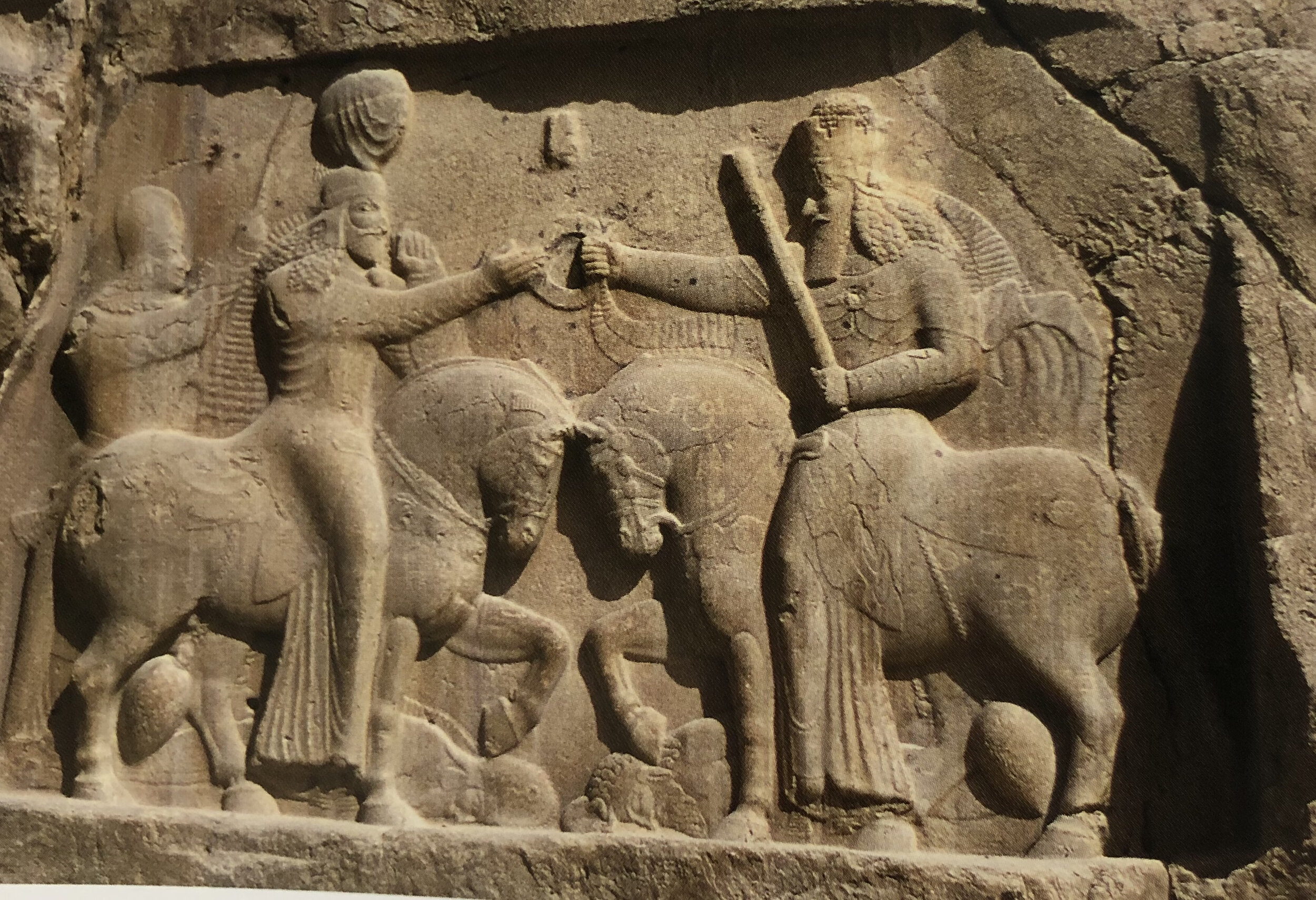
The Shahs of Iran never went anywhere on foot

Terra-cotta cavalry troopers accompanied China's First Emperor in the after life

The Flying Horse of Gansu typified the equine ideal for the Han dynasty

Buddha's horse Kanthaka died of a broken heart when abandoned by his master

The Tang Taizong emperor decorared his mausoleum with portraits of his faithful battle steeds
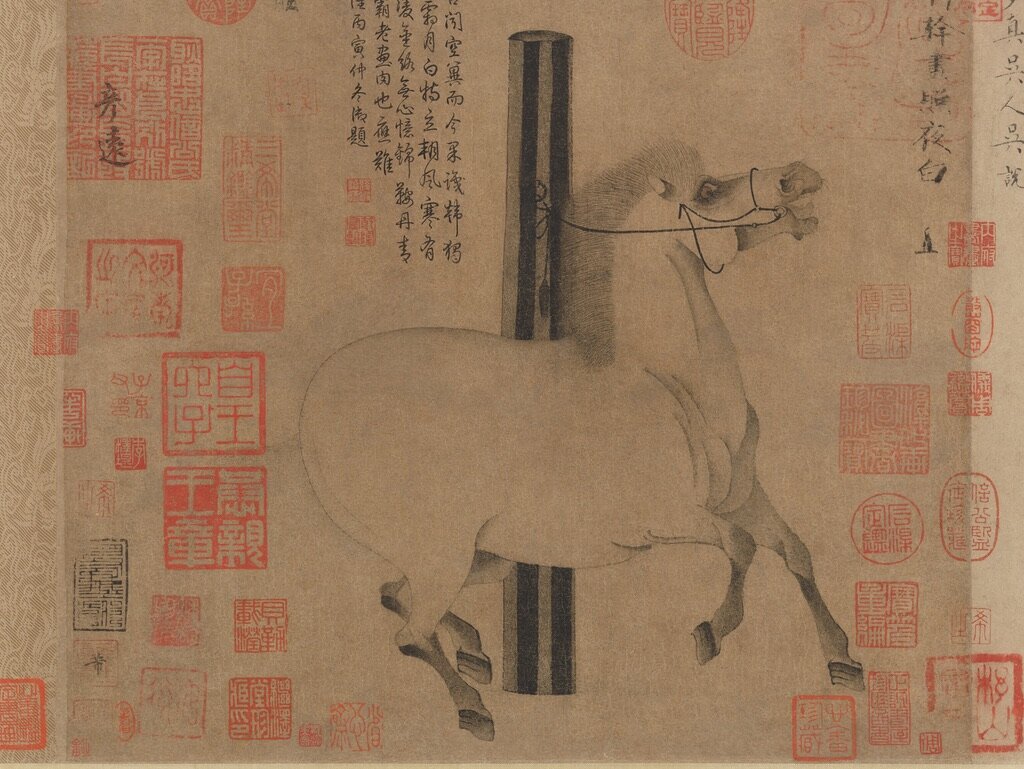
Night shining white, by Han Gan, immortalizes a favorite horse of emperor Tang Xuanzong.

The Tang dynasty celebrated horses in their three-color (san cai) glaze ware

Another san cai shows a woman polo player

Hunting on horseback was the favorite sport of both khans and kings
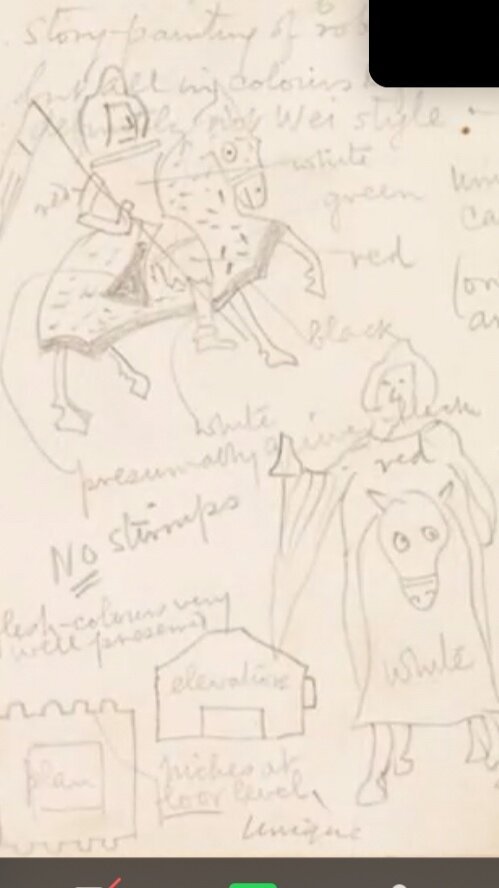
The Dunhuang caves depict Central Asian horsemen

This 18th century hippology manual combined 2,000 years of medical knowledge and necromancy
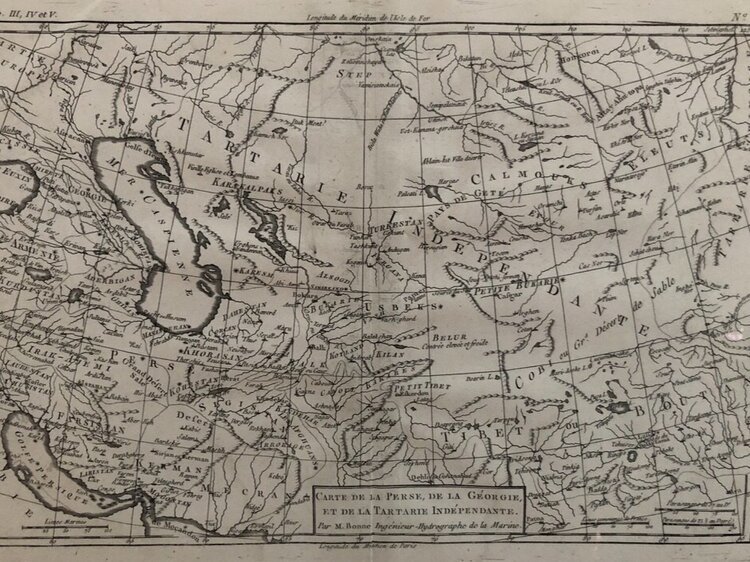
Starting in the 17th century Russia, China and later British India tried to conquer the steppe

Since the 19th century the Akhal Teke has been one of the world's most coveted breeds.

An Afghan carpet shows visiting Vice President Lyndon B Johnson on horseback